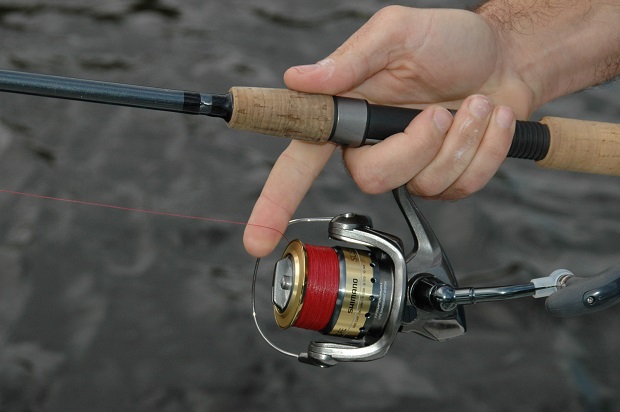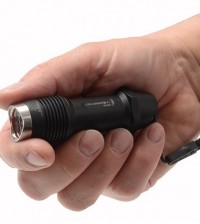Mono Line: Prepare to be Amazed by Your Fishing Success
The joy fishing brings! As odd as it may sound, fishing can make you a better person. What could be better than spending quality time out in nature in these summer days? Plus, you get to catch your own meals and surprise your loved ones with your fishing skills, bringing them hearty dinner. Fishing has been around ever since the dawn of civilisation, and unlike often mistaken by rookies for an activity one gets to sit out waiting in a single position until something pulls the line, it’s a sport that requires a great deal of movement, knowing the right manoeuvring, water conditions and fish types, as well as choosing the adequate equipment.
Of course, success doesn’t happen overnight; you have to spend some amount of time going through trials and errors to develop the skills and have the outcome you dream of – one that might inspire you to take it to the next level and be part of championships and win prizes. As previously mentioned, it takes getting some knowledge on the fish types, their habitat and eating habits to know when to wait for successful results, but the equipment is part of the deal as well. I don’t mean just the rods, reels and lures but the line as well. If you want to become a pro at fishing, then don’t look further than the mono line.

Since it’s the basic component that connects you with a trophy fish, it’s important that you make the right choice. The mono line, also known as monofilament, is a single strand of material as we might guess from the name, and is different from other lines (multi-filament) made up of multiple strands fused together. The reason monofilament lines have become so popular ever since they first appeared is because of enabling easier and less expensive fishing. Made from synthetic materials, usually from nylon, it’s not rare to find monofilament lines made of different types of nylon to get multi-polymers that abound in important traits such as abrasion resistance and strength.
They’re ideal for all kinds of fishing, no matter whether it’s in fresh or salt water, since some of their properties are high flexibility and they stretch far more than the superlines. You don’t have to worry about tying knots either because they won’t affect the mono’s strength and thanks to its design manufacturers are able to provide lines in a variety of colours, some even changing the colour in different conditions, whether it’s during sunlight or below the water surface. If you still haven’t given monofilament a try, now is the time to do so and prepare for successful fishing.










